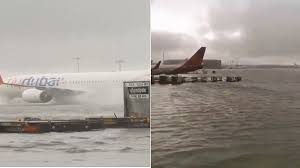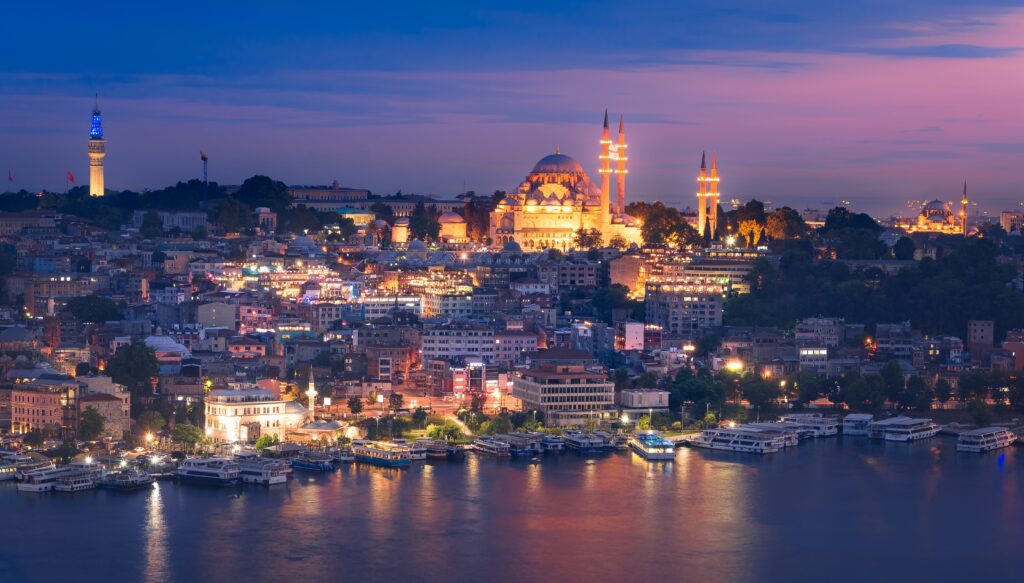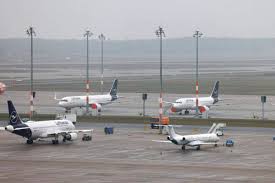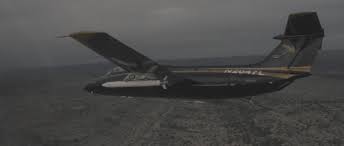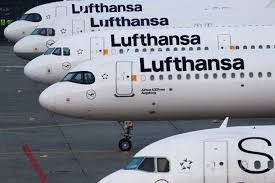
Monitoring Desk
In this series Peter Dragicevich examines spots for a pit stop on a classic Kiwi road trip. In Kurow he finds a small place basking in the shadow of two great New Zealanders – albeit only figuratively at this point.
State Highway 83, running along the Waitaki Valley, is one of those secondary routes every Kiwi should take at some point. Starting at the foot of the Southern Alps in Ōmarama, it passes a trio of dammed hydroelectric lakes (Benmore, Aviemore and Waitaki) before continuing along the Waitaki River as it reverts to its braided form. These summer holidays you’re most likely to travel this route if you’re heading between Timaru and the Queenstown Lakes, or between Dunedin and Aoraki/Mt Cook.
/cloudfront-ap-southeast-2.images.arcpublishing.com/nzme/LL4EQF473PMDQNQC7KNXPEA2EA.jpg?w=810&ssl=1)
The town of Kurow (population 372) is about halfway along, positioned below rugged hills at the beginning of the braids. The name is a lazy contraction of Te Kohurau, meaning “the place of many mists”. It is a pleasant wee place with a slightly lost-in-time feel due to a high proportion of heritage buildings – even if some of them are painted more flamboyantly than you’d expect to see in the rural heartland.
Kurow may be small but it has two oversized claims to fame. A cut-out image of one of them stands guard over the car park at the northwestern edge of the main strip. Depicted in his All Blacks kit, Richie McCaw gazes sternly at passing motorists above a banner proudly proclaiming this to be “McCaw Country”. The World Cup-winning captain grew up here and got his start playing at the local club.
The town has been working towards erecting a more permanent memorial to their favourite lad and in early 2020 there was even talk about taking up the offer of a monumental statue of McCaw by Chinese artist Yang Yi. Rather than the tasteful life-sized bronze which was originally mooted, this one was 7m tall, with a realistic depiction of McCaw’s head grafted on to a Transformers-like metal body. It’s a shame that they declined the offer as it would have been hilarious, towering over a town with barely a two-storey building. The Colossus of Kurow would surely have come to rule the pantheon of New Zealand’s roadside “big things” – although one suspects that the famously down-to-earth McCaw would have been mortified.
Allow cut-out Richie to watch over your car as you make use of the adjacent public toilets, then take a walk along the main drag. Fittingly the highway becomes Bledisloe St as it passes through this rugby-mad town, named after the governor-general who donated the trophy to the victors of the annual transtasman grudge matches.
/cloudfront-ap-southeast-2.images.arcpublishing.com/nzme/5R5WJ7ZVKQUAP2JLUZWKJTUNRA.jpg?w=810&ssl=1)
Not far along, Waitaki Braids cafe inhabits the heritage-listed Kurow Store building, dating from 1891. Next up, the Kurow Museum & Information Centre is housed in a hall built in 1892. It’s well worth calling in to learn about the legacy of the town’s other giant, Arnold Nordmeyer.
Nordmeyer moved to Kurow shortly after he was ordained as a Presbyterian minister in 1925. It was here, at the dawn of the Great Depression, that he witnessed first-hand the terrible living conditions of the families who built the Waitaki Dam. After being elected to Parliament as part of the first Labour government, he was instrumental in implementing many of the policies that he dreamt up in Kurow – little things like universal superannuation, free hospital treatment, free maternity care, subsidised doctor visits and the unemployment benefit. Although this great legacy seems to have been lost on the beer brand that commissioned the mean-spirited and inaccurate Black Budget commercial that screened last decade.
On the subject of beer, the Kurow Hotel is right next door to the museum. This 1905 building is one of the town’s two garishly painted pubs, with one half in Speights colours (royal blue with an orange trim) and the other half in lurid DB Draught yellow. It can be no coincidence that blue and gold are Otago’s rugby colours. Although it falls within Canterbury Regional Council’s jurisdiction, this area south of the Waitaki River is resolutely Otago in its affiliations.
/cloudfront-ap-southeast-2.images.arcpublishing.com/nzme/ZNOHPZFA3YHBSSR3JFHVWOTRZA.jpg?w=810&ssl=1)
Cross the road for another cafe option, Wild Sage, or continue on to The Vintner’s Drop in the Art Deco post office building on the next corner, now the cellar door for Ostler Wines. Waitaki Valley is one of our newest and lesser-known wine regions, dating only from the early years of this millennium, but it’s already building a solid reputation for its pinot noir. Another good spot to sample a wide variety of local wines over a snack platter is the River-T Estate, 4km along the highway towards the coast.
As you load your wine purchases into the boot, be sure to leave some room for the summer fruit for which McCaw Country is also famous.
The post Kurow’s calling: Under-rated pit stops on an NZ road trip appeared first on The Frontier Post.



